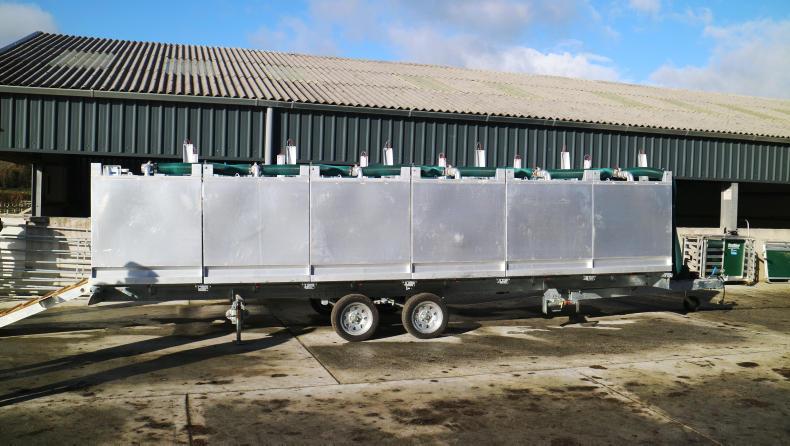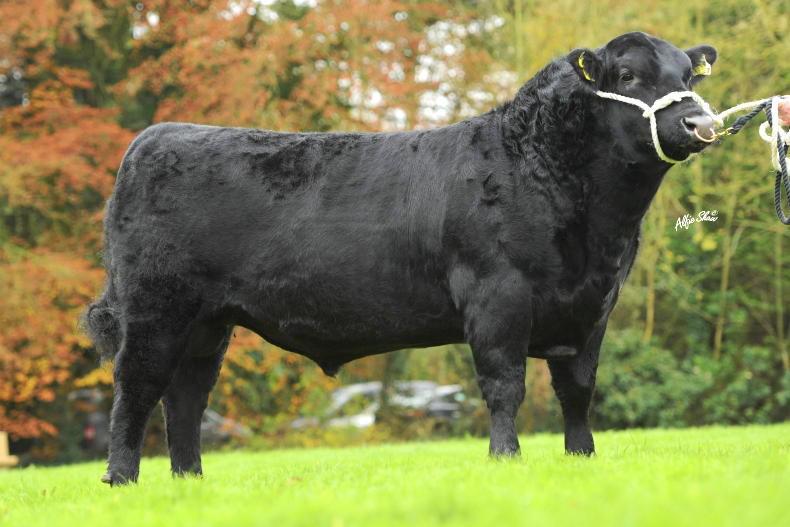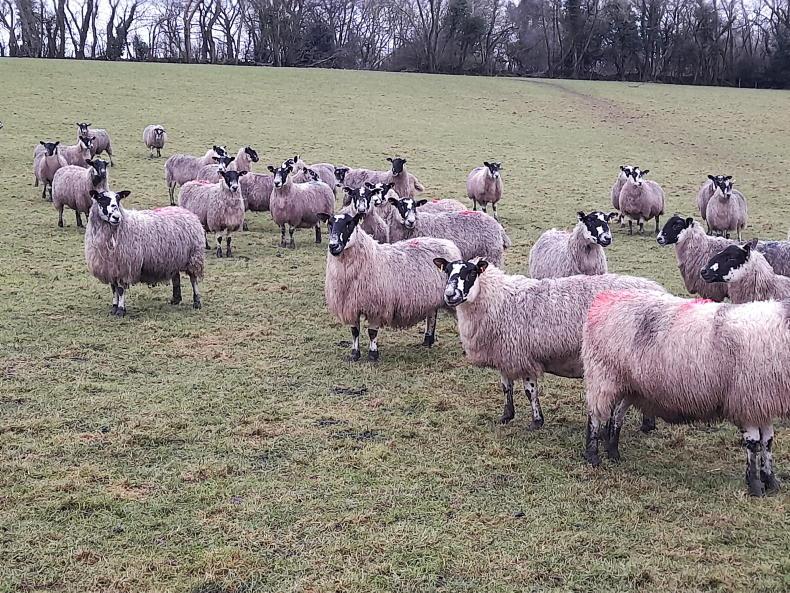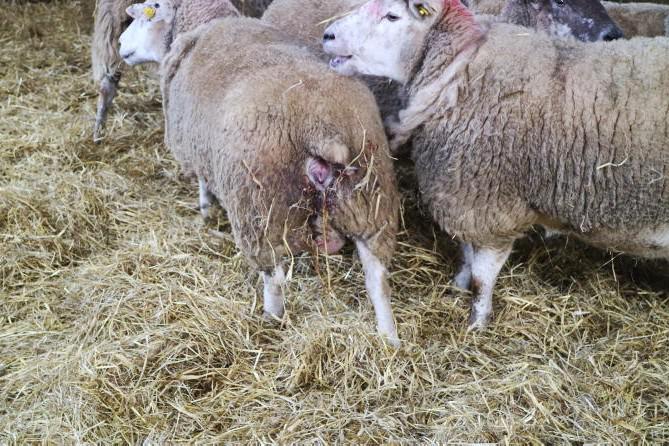Sheep Ireland celebrated 10 years in existence with a combined conference held last week in Athlone with beef counterparts the Irish Cattle Breeding Federation (ICBF) which is coincidentally celebrating 20 years working in beef breeding in Ireland.
The conference delivered a number of presentations which reviewed milestones of the last 10 years, while also looking ahead to Sheep Ireland’s plans for sheep breeding in Ireland.
Setting the scene, Tim Byrne from Abacus Bio Limited said that Sheep Ireland started in an era of low performance recording and a focus on driving progress in terminal traits.
This, he said, came initially at the expense of maternal attributes, with the replacement index caught in a downward trend that remained as such until 2014.
A change in the makeup of the replacement index and a greater focus on maternal attributes has brought about significant change, with the average replacement index set to come into positive values in 2019, as reflected in Figure 1.

This also demonstrates another challenge highlighted by Tim that significant improvement is needed in maternal traits. Meanwhile, growth and lambing have not been affected by the change in emphasis and have also recorded improvement in recent years.
Benefit to farmers
In terms of what this has delivered to farmers, Tim said the proof is in the performance of animals rated as four and five stars on both the replacement and terminal indices.
He presented data that showed five-star animals recording lamb mortality of 9.5% compared with 10.7% for one-star rated animals. There is a 0.05 difference in the number of lambs born in favour of five-star animals (1.97 v 1.92) while five-star ewes have a mature weight of 76.8kg, which is 1.9kg lighter than their one-star counterparts.
In terms of the terminal index, lambing difficulty for five-star animals is shown to be 4.9% lower at a value of 18.2%, while progeny of five-star parents were shown to have a 2.1kg higher weight at day 40 (20.2kg v 18.1kg), with this difference holding through to weaning and delivering a weaning weight of 34.5kg compared with 31.9kg.
Tim said that, in economic terms, the benefit of using five-star genetics is worth €5 per ewe for commercial flocks and €20/ewe for pedigree flocks.
He heralded breeder participation in the LambPlus scheme and an increase in the volume of commercial data being fed into evaluations as driving this gain through identification of superior genetics.
The number of LambPlus breeders stands at over 700 flocks, with the greatest gain fuelled by the Department of Agriculture’s Sheep Technology Adoption Programme in place between 2012 and 2015, with momentum continuing to build despite the absence of a targeted scheme.
The volume of commercial data recorded has improved in the last four years, but still remains small in the context of the national sheep population, with records in the region of just 17,500 lambs.
This is one of a number of challenges highlighted by Tim as required to underpin future breeding progress.
Future challenges
Traits included in genetic evaluations in the future should include age at slaughter, lamb vigour, mothering ability, mastitis, ewe productivity (number of lambings) and greenhouse gas emissions.
Along with this, Tim says there needs to be more routine genomic parentage assignment and greater use of genomic evaluations.
Across-breed evaluations have been talked about for some time, but have still not been introduced. This was highlighted as a priority area for future developments, along with a system of incorporating and comparing international economic breeding values with greater ease.
The use of non-recorded rams, estimated as comprising 75% of rams used, is seen as a major barrier to extending the use of superior genetics into the wider national flock, while a lack of factory data from commercial animals was highlighted as limiting the recording process.
In a wider context, global market uncertainty and adoption of consumer traits, such as eating quality, is a challenge for sheep sectors across the world.
Closer to home, Tim says a review of the overall industry direction that could take the form of a new Malone report would deliver greatly.
Emissions
Teagasc’s Fiona McGovern presented the first look at new research looking at greenhouse gas emissions (GHG) in sheep.
GHG emissions from agriculture are already facing closer scrutiny and, as such, it is important to be able to firstly accurately quantify how sheep fare in terms of the amount of methane produced in light of their feed intake and then establish if there is variability in production across animals so that feed intake and methane emissions can be integrated into future breeding programmes.
The final step is international genetic analysis of predicted feed intake and methane emissions.
The research is taking place under the Greenbreed banner, which will also be tackling the same challenges in other livestock enterprises.
For sheep, it will take place initially in the Irish and New Zealand Across Country Comparison (INZAC) trial flocks.
Portable accumulation chambers (PAC) have been imported from New Zealand and will allow this data to be collected in the field by simply housing animals in the chamber for short periods of time.
The phenotypes currently measured will now extend to feed intake, feed digestibility, rumen microbial profile and methane output.
The trial will commence in 2019.









SHARING OPTIONS